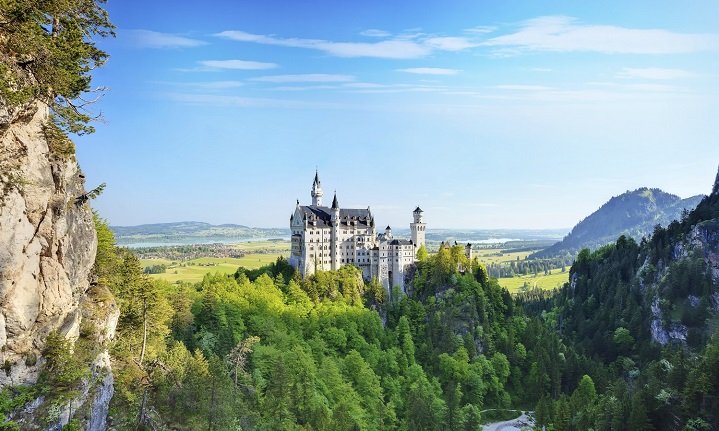French Theater 101
French theater has undergone massive changes over time, constantly evolving and bringing new ways of interpreting reality to the public.
During the Middle Ages, French theater had not yet reached it’s potential. Most plays were limited to liturgical themes that reflected religious messages and stories. Even if most plays were limited to religious themes, there were several genres, such as pastoral, farce, and mystery that brought it variety. Some notable plays during this period are La Farce de maître Pierre Pathelin, Le jeu d’Adam, and Le jeu de Robin et Marion.
Although religious themes and medieval genres continued to exist during the Renaissance, there was a marked change in the focus of French theater. As guilds started to tightly control the production of theater, and limit the right to produce certain genres, such as mystery plays, there was a decline in the production of these. Moreover, as Greek and Roman works came into European society, there was an emergence of adaptation of classical plays, myths, and stories. Hyppolite, Antigone, and Cléopâtre are examples of this growing trend.
The Baroque period rose as a challenge to this humanist preference for Classicism. Heroic plays became widely popular, giving way to a prolonged rivalry between the two genres. Pierre Corneille’s epic play, Le Cid was a success, and influenced many other plays of this time. However, by the 17th century, Classicism triumphed as the dominant genre, successfully eclipsing heroic tragicomedies. Jean Racine rose as the most recognized playwright, producing works such as Andromaque, Iphigénie, and Esther.
Even Classical tragedies fell out of fashion by the end of the century, as there was a rise in the popularity of comedies, lead by Molière. With his incredible wit, gift for sarcasm, and immense imagination, Molière came to dominate French theater. Plays such as Le malade imaginaire, Tartuffe ou L’imposteur, Le misanthrope, Don Juan, and L’Avare were widely acclaimed. These plays, as well as most of his others, are still frequently performed in France and in countries all over the world, and Molière is still one of the most well-known French playwrights of all times.
The 18th century, the French revolution and all the political turmoil of the period gave way to strongly political plays. Comedies such as Marivaux’s Le jeu d’amour et du hasard, and Beaumarchais’ Le barbier de Séville, and Le mariage de Figaro were received well enough to earn a permanent name in French history. However, a political tone took over as philosophers, historians, and writers like Voltaire, Diderot, and Jean-Jacques Rousseau started to write plays as well.
The 19th and 20th century saw theater reflect the intellectual movements that were in constant change. Starting with Romantic plays, followed by Naturist themes, the 19th century produced plays such as Mirbeau’s Les affairs sont les affairs. The 20th century saw theater influenced by Surrealism, and Dada, as well as Theater of the Absurd, which produced acclaimed plays such as Waiting for Godot. However, by this time French theater was clearly moving away from its Golden Age, though it did not lose it’s influence and status worldwide.


_(2).jpg)